The manufacturing process of the wear-resistant tubular wire coating roller directly affects the wear resistance, bond strength, and service life of the coating layer....
Luoyang Zhili New Materials, established in 1992, is one of the leading processing centers for wear-resistant materials in the world, providing high-quality service for wear parts in the mining, cement, power plant, steel, coal, and other industries.
Zhili New Materials
The construction process of the wear-resistant tubular wire coating roll directly affects the wear resistance, bond strength, and service life of the coating layer. The following summarizes the main technical points regarding pre-treatment aspects, welding parameter control, process execution points, post-treatment, etc., and provides operational suggestions based on real application experience:
1. Pre-treatment before welding: preparation of the base material and repair of defects
To clean the roll surface and remove defects such as oil, rust, oxide scale, and cracks on the wear-resistant roll surface, sandblasting (80-120 mesh grit) or mechanical grinding (grinding wheel/steel brush) can be used to ensure that the metallic luster is exposed and that the surface roughness reaches Ra12.5-25μm to increase the bond strength between the coating layer and the substrate. For high-hardness substrates (such as 42CrMo, 34CrNiMo6, etc.) or large-diameter rolls (diameter > 1 m), preheating is necessary to reduce welding stress and prevent cold cracking. Electric heating plates or flame heating can be used, and the roll surface temperature can be monitored uniformly with an infrared thermometer.
2. Welding process parameters: matching wire type to equipment requirements
Select the welding wire model according to the working conditions of the wear-resistant roller (such as abrasive hardness and impact load). The base layer uses low-alloy, high-strength tubular wire; the transition layer uses medium-hardness welding wire; wear-resistant layer: use welding wire with high chromium and high carbon content; the welding equipment is recommended to use CO2 gas shielding (low cost, high deposition efficiency) or mixed gas shielding (Ar+CO2, enhanced formation), with a gas flow rate of 15-25L/min to ensure the shielding effect (avoid porosity).
3. Welding process control: avoiding defects and stress buildup
During the coating process, the temperature of the intermediate layer must be maintained at ≥150°C to prevent the solder from cooling rapidly and producing a martensitic structure, which can lead to cracking. When welding large diameter roll surfaces (diameter > 1.5 m), hammering treatment (using a copper or rubber hammer) can be performed after every 2-3 surface weld layers. The weld surface should be hammered to release stress. The hammering point spacing should be 5-10 mm. Avoid hammering overheated areas (hammering is prohibited when the temperature is > 200°C). For components with long axial length, such as vertical mill rolls, "symmetrical segmented welding" (Alternating surface from the center to both ends) can be used to reduce axial deformation.
4. Post-weld treatment: improving performance and dimensional accuracy
After coating is complete, stress-relief annealing is required within 24 hours. After annealing, machining (grinding or turning) is performed to control the roll surface size tolerance to ±0.5 mm and the surface roughness Ra≤6.3μm. For the roll surface of the roller press, specific wear-resistant patterns (such as serrations and grids) need to be processed to increase the friction of the extruded material.
5. Suggestions for process optimization
Automated welding: For mass-produced wear-resistant rollers, CNC coating equipment (such as cantilever welding robots) can be used to precisely control the welding trajectory and parameters. Compared to manual welding, efficiency can be increased 3 to 5 times, and the uniformity of the coating layer is better.
Composite coating design: Under mixed working conditions of high impact and high wear, a gradient design of "bottom layer toughness + surface layer wear resistance" (such as the combination of ZD1+ZD3+ZD310) can be adopted to balance wear resistance and impact resistance and extend the service life by more than 30%.
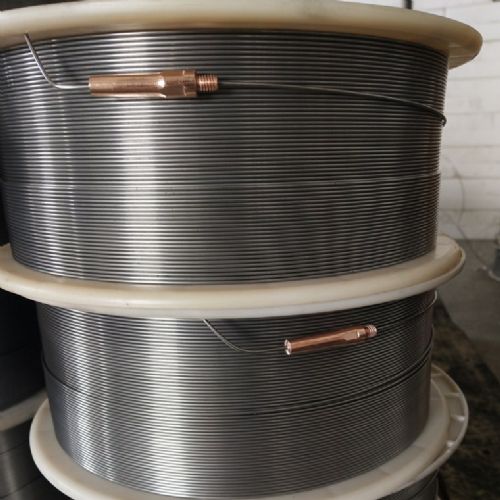

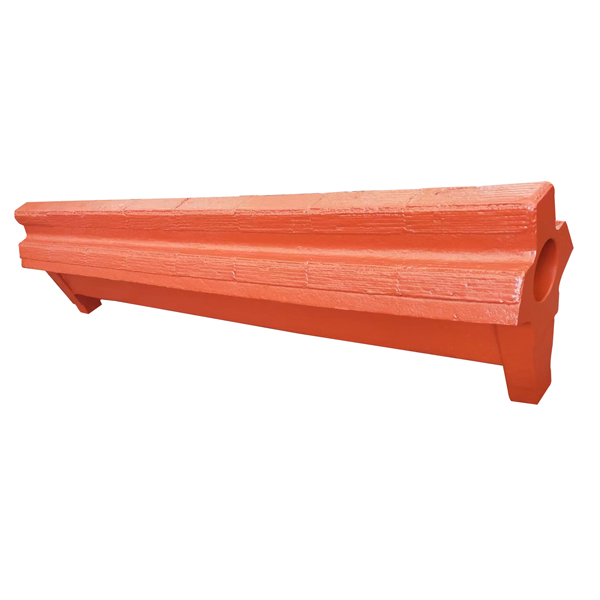
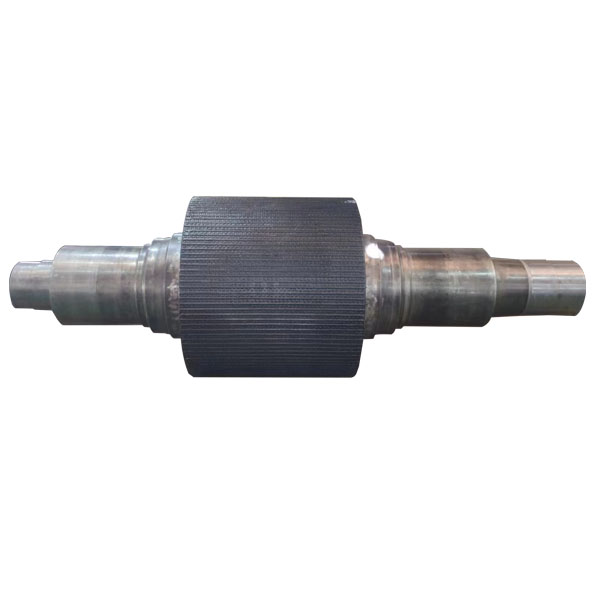
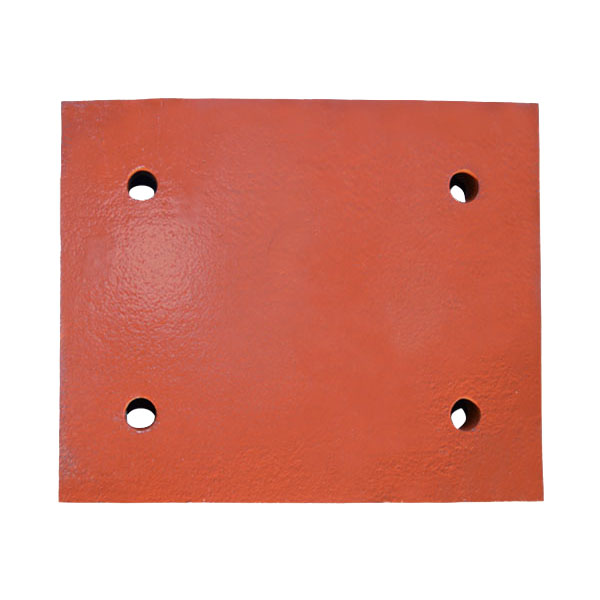
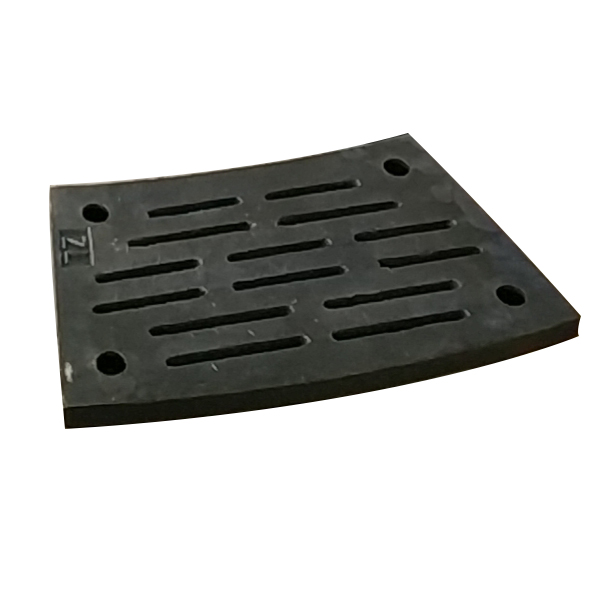
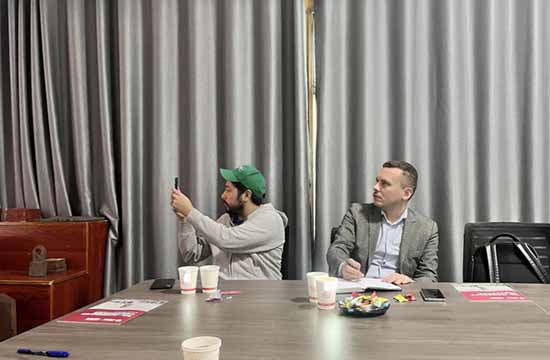

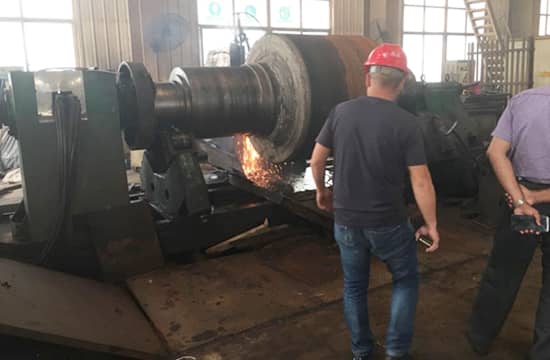


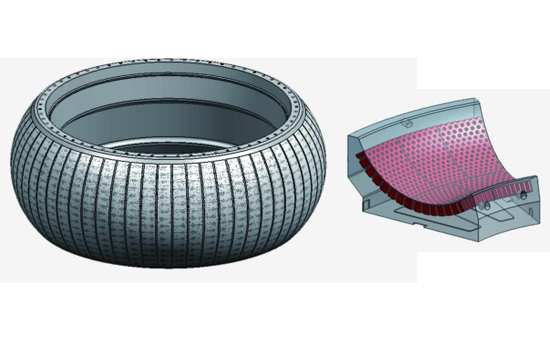

Related articles
Luoyang ZHILI is a global processing center for crusher wear parts, integrating research, design, production, and sales. Foun...
Recently, after strict audit by the international certification body GICG, our company has successfully passed the ISO qualit...
Bimetallic hammer for customer, hammer hammers, coal crusher hammer, clinker crusher hammer, crusher hammer for sale, high ma...
The main materials for the concave are: high manganese steel, high-quality high manganese steel, new composite materials, mod...
In cement production, the selection of cooling grate plates directly affects cooling efficiency, equipment lifespan, and prod...
We supply spare parts for hammer crushers, jaw crushers, cone crushers, impact crushers, and vertical mills. As an industry-l...